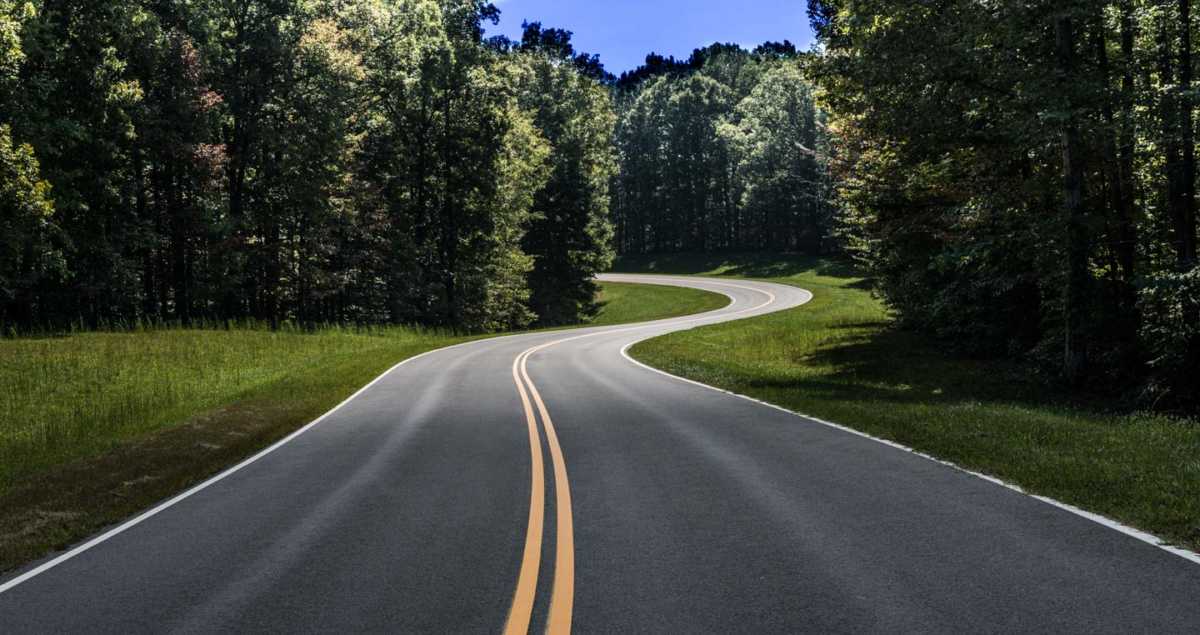
Note: This is a November 2023 update of a post originally published in October 2017.
We knew we’d have fun and hear some great music in Nashville and Memphis, Tennessee. But the road trip in between along Tennessee’s Old Natchez Trace was a pleasant surprise: a scenic drive, some great food, and a couple important historic sites along the way.
We first got a taste of the western Tennessee landscape when we took a day trip from Nashville to visit the historic Carter House in Franklin, an antebellum plantation-style home built in 1805. The Carter House, just 25 miles from downtown Nashville, provides a detailed look at one homestead taken over in the quick Battle of Franklin on November 30, 1864. The home has been carefully restored to the period, the landscape allows visitors to imagine the lines of battle, and the worthwhile guided tour describes the main characters in the family and the armies.
Of course we had to make a stop at The Loveless Cafe on our way to Franklin. It's an institution. Visit at off-peak hours or be prepared to wait. Our quick wait (midweek) barely allowed us time to look around the grounds and into the gift shops. The Loveless takes their food and their brand seriously, so you can find plenty of souvenirs: jams, smoked meats, T-shirts, and biscuit mixes. No matter what time of day, you'll want to dig in for some fabulous fried chicken and buttery biscuits.

Well fed and fueled up, it's on to the Natchez Trace National Scenic Trail. The Old Trace is a cool scenic drive running between the two population centers of Nashville and New Orleans, or more precisely from the Loveless Cafe at the northern terminus to Natchez Mississippi, all together passing through three states (Tennessee, Mississippi and a corner of Alabama).
The 444-mile Natchez Trace Parkway is a National Scenic Byway managed by the National Park Service. It follows the footpaths and trails of American Indians and early explorers, traders, and European settlers. The ancient trail was even used before then by animals traveling between portions of the Mississippi River and the Cumberland River Basin.
Today the recreational road is a clever protected area without intersections, gas stations, or unsightly motels or fast food. Commercial vehicles are not allowed. (Plan your fuel stops well in advance. You won't want to break the serenity by having to exit in search of gas.) Bicycles have the right of way. Horseback riding is encouraged. Campgrounds, picnic areas, and hiking trails are accessible from the wilderness road, and it would be a gorgeous place to thru-hike from camp to camp. The result is a pristine drive through the forest.
Tennessee
On a pretty September day, we drove about 75 miles of the Trace and saw a couple dozen cyclists–and about as many cars. We spotted a family of four stopped on the roadside for bike repairs one day, and the next, as we started for Memphis, we saw them again charging up a long hill, presumably fixed up and rested.
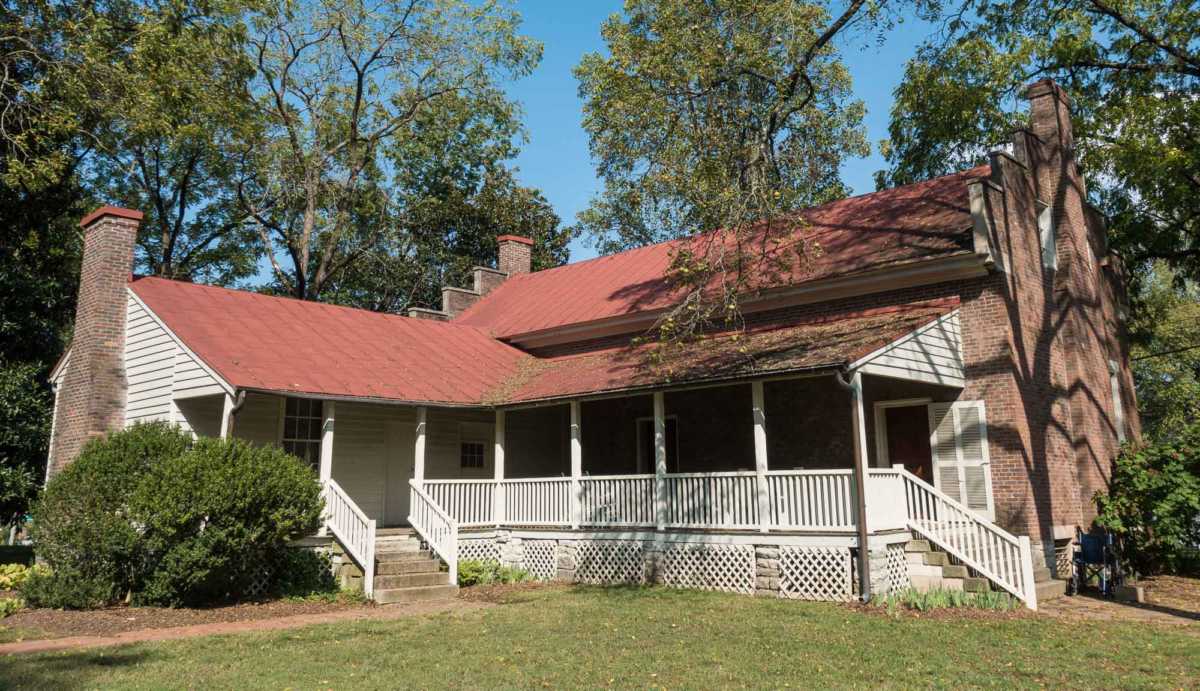
Toward Tennessee’s southern border we stopped at the Meriwether Lewis National Monument, managed by the National Park Service. The monument, seemingly in the middle of nowhere, marks the spot where Meriwether Lewis died. The park's visitor center, besides offering a nice little book store, contains a little museum and an intriguing telling of the circumstances around Lewis’ death.
Why here? The Lewis and Clark Discovery Expedition had been commissioned by Thomas Jefferson in 1803. But as time passed and government leadership transferred, payments to Lewis and the Clark Expedition were stalled. Without the promised funds, Lewis became personally responsible for the expedition’s debts. In an attempt to make things right, he was on his way to Washington D.C., intending to publish his journals. Afraid of pirates and already despondent about the debts, he chose to abandon his Mississippi River-Atlantic Ocean route to Washington to travel overland through central Tennessee. The Monument is adjacent to the house he stayed in on this overland route.
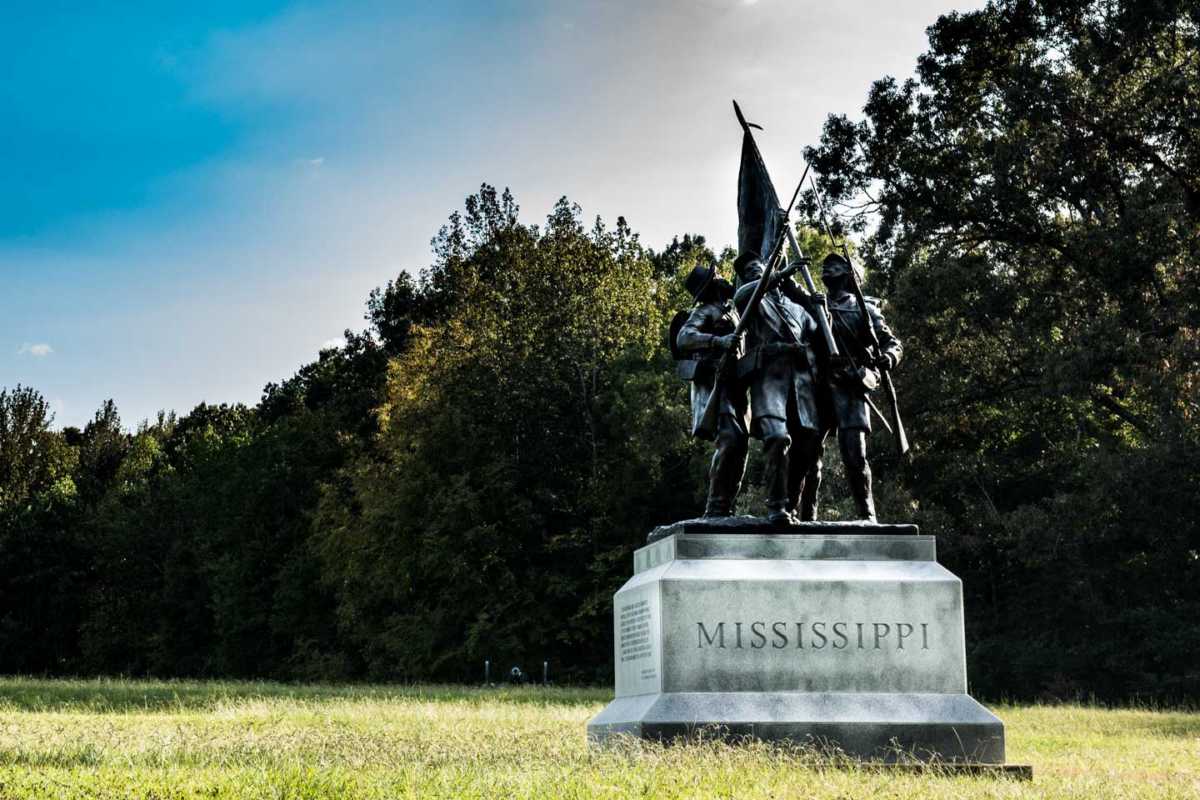
Here we left the Natchez Trace specifically to visit Shiloh National Military Park (also managed by a unit of the National Park Service). One of the original five military sites memorialized by the Park Service, Shiloh and neighboring Corinth battlefields recognize one of the biggest battles in American history. It’s possible to do a self-guided driving tour of the massive area. Do watch the film about the battle showing in the park building first. Each of the states whose soldiers fought at Shiloh have memorial markers, and annotated markers show the positions of both Union and Confederate armies at each stage of the battle. Ironically, land was ceded and regained over the two-day conflict April 6-7, 1862. There were over 23,000 casualties.
The battleground is on the Tennessee River, and marks the importance of controlling river routes and access to this valley between the Mississippi and Tennessee Rivers. Of course the area was populated much earlier, and the Native American burial sites, labeled Shiloh Indian Mounds, are also located within the park overlooking the Tennessee River. By all reports, the museum in Corinth with many artifacts from the battle is also worthwhile.
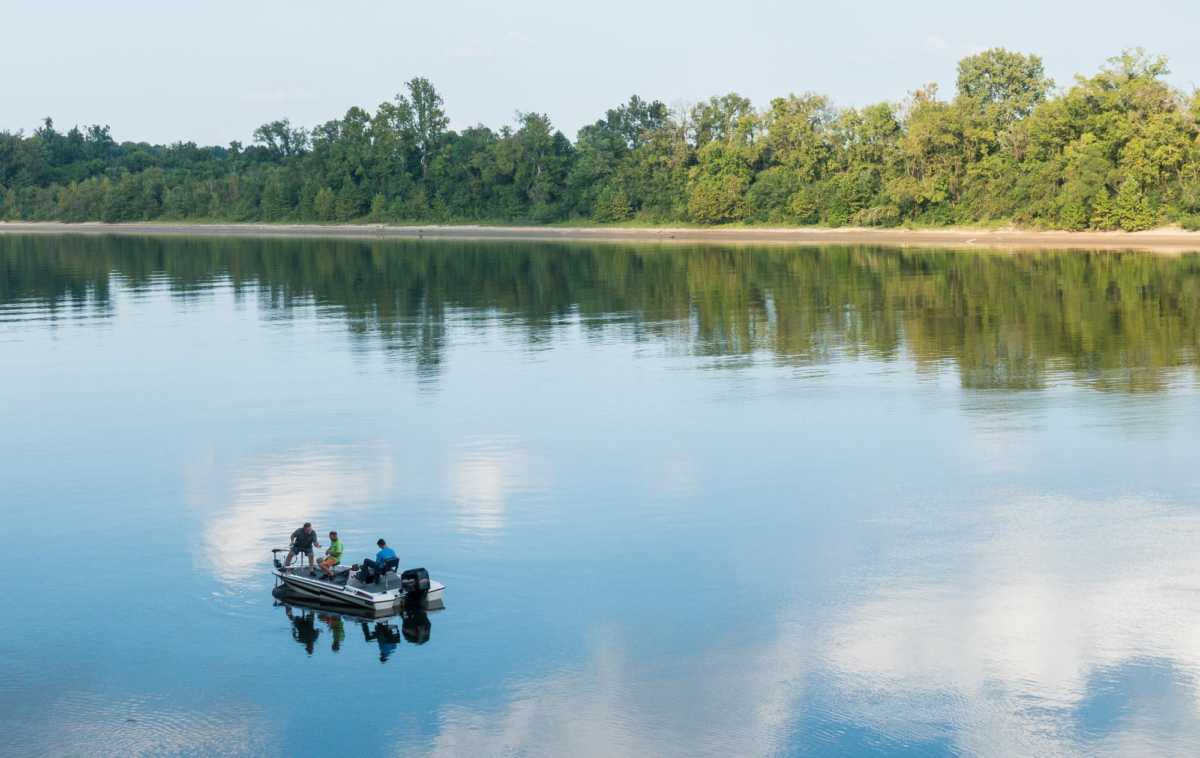
The rest of our drive to Memphis on state highways was easy going, and we were glad to have taken in these historic sites and pleasant views rather than sticking to the freeway.
While we veered off the Natchez Trace to see Shiloh and head west to Memphis, we suggest continuing the route to take in more of this historic region of the United States. Check out this full map of the Natchez Trace to discover more travel ideas.
Alabama and Mississippi
Continuing south from the Meriwether monument, the route cuts across the northwest corner of Alabama. Colbert Ferry on the Tennessee River is an important stop here. Historic markers describe the inn, or “stand”, operated here by George Colbert. Colbert, son of a Scottish father and Chickasaw mother, gained the right, by treaty with the Chickasaw nation, to operate a ferry across the Tennessee River from 1800 to 1819. A short self-guiding trail leads up to the original homestead and a view overlooking the river.
In Mississippi, just south of the Parkway Headquarters is the Tupelo National Battlefield. This Civil War battlefield is notable for including the United States Colored Troops fighting with the Union forces in a battle largely designed to protect the Union railroads in Tennessee.
For more Civil War history, it's worth a bit of a detour south of Jackson, Mississippi, to visit the Vicksburg National Military Park. The siege here was widely regarded as the decisive battle of the Civil War.
In our case, after leaving the Natchez Trace to visit Memphis, we continued our music tour by heading south to Clarksdale, Mississippi. Read about our Mississippi delta blues tour here.
Before You Go
Before you go, even if you are traveling by car and covering just a portion of the scenic byway, visit the website or a visitor center. Road and weather conditions change, and not all park buildings are open all the time.
The National Park Service offers a concise list of things to be aware of before setting out on the Natchez Trace.
Be prepared and travel happy. Did you know your Allianz Travel insurance will cover your road trips, too, when you are more than 100 miles from home?
The Parkway Headquarters and Visitor's Center is near Tupelo, Mississippi at milepost 266, and is open daily (except Thanksgiving, Christmas, and New Year's Day) from 9 a.m. to 4:30 p.m.
Note: For tips on health and safety precautions for post-pandemic road trips, read our post, Planning Your Safe Road Trip.
Up Your Travel Skills
Looking to book your next trip? Use these resources that are tried and tested by us. First, to get our best travel tips, sign up for our email newsletter. Then, be sure to start your reading with our Resources Page where we highlight all the great travel companies and products that we trust. Travel Accessories: Check out our list of all the accessories we carry to make getting there and being there a lot easier. Credit Cards: See our detailed post on how to choose the right travel rewards credit card for you. Flights: Start finding the very best flight deals by subscribing to Thrifty Traveler. Book your Hotel: Find the best prices on hotels with Booking.com. See all of the gear and books we like in one place on our Amazon shop.Got a comment on this post? Join the conversation on Facebook, Instagram, or Threads and share your thoughts!

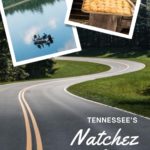

Comments are closed.